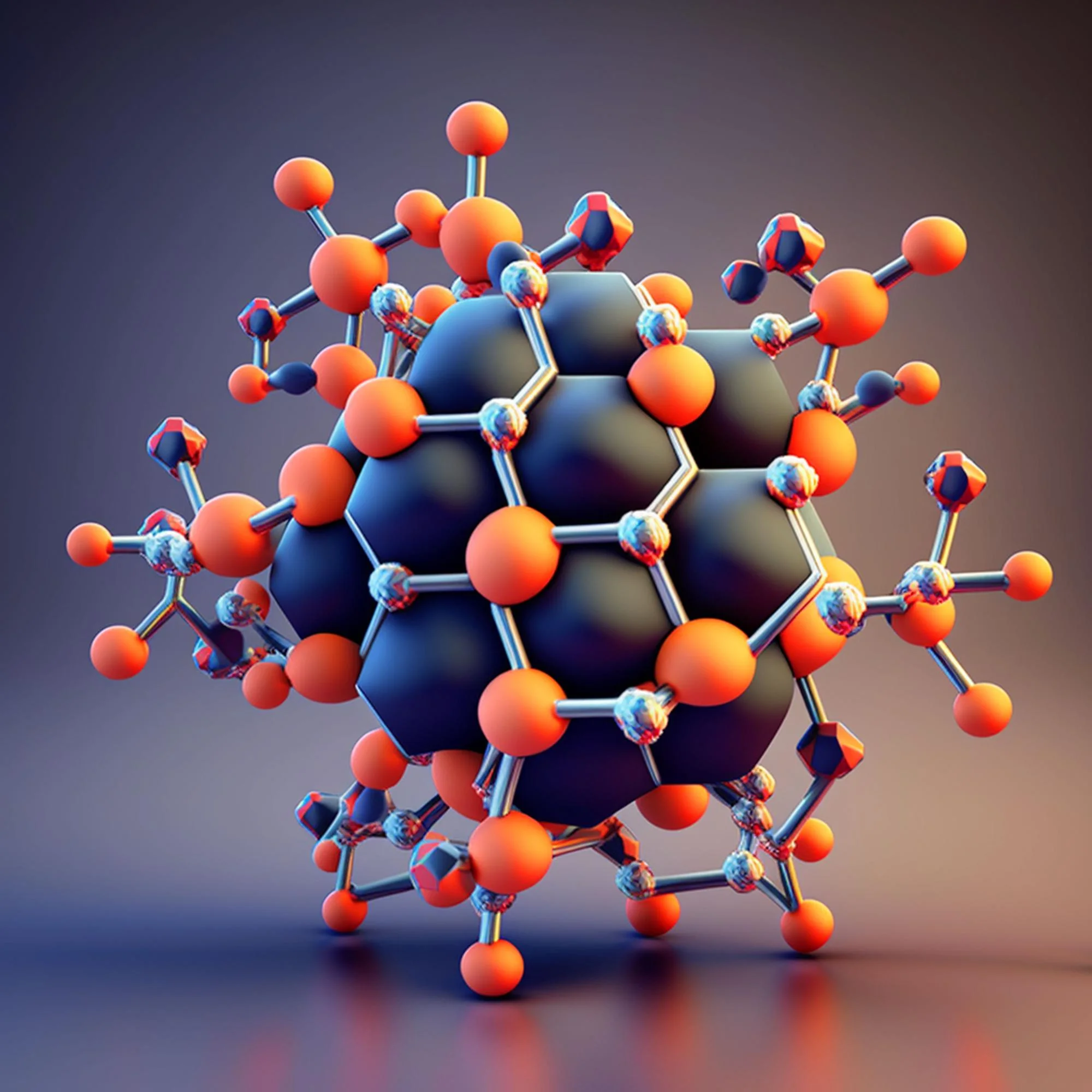Abstract
A groundbreaking study, recently published in Analytica Chimica Acta, details the development of an advanced redox-responsive sensor based on ternary colloid satellite platform harnessing the unique Anti-galvanic reaction (AGR). The researchers utilized AGR to generate gold (Au), silver (Ag), and copper (Cu) satellite nanoclusters, leading to breakthrough electromagnetic properties for Surface-enhanced Raman spectroscopy (SERS) applications. The success of this innovation promises a new horizon in the field of analytical technology with implications for environmental monitoring and beyond.
In a recent issue of Analytica Chimica Acta, a peer-reviewed journal esteemed in the field of chemical sciences, a novel study has been illuminated that epitomizes innovation at its zenith (DOI: 10.1016/j.aca.2023.342093). Scientists from Xiamen Huaxia University and other collaborative institutions in China have promulgated their pioneering work on the utilization of the anti-galvanic reaction (AGR), an intriguing quantum size effect-generated phenomenon, to fashion a high-performance redox-responsive sensor.
The inventive minds behind this venture, Zeng Mei-Huang, Yao Qiu-Hong, Chen Lin-Min, and their colleagues, embarked on an explorative journey to leverage the reductive behaviour innate to the AGR for synthesizing satellite nanoclusters composed of gold (Au), silver (Ag), and copper (Cu). Their academic odyssey has been meticulously documented in the 2024 February edition of the journal (Anal Chim Acta. 2024 Feb 01;1288:342093).
Key Findings – Engineering a Novel Sensor
The cornerstone of the study lies in the AGR – a classic galvanic reaction (GR) with converse effects. Unlike its traditional counterpart that facilitates oxidation, AGR steers a path towards the generation of reduced forms of metals, particularly those that appear minute in the quantum perspective. The researchers capitalized on this trait to create ternary colloid satellites that exhibit a stellar enhancement in electromagnetic properties pertinent to Surface-enhanced Raman spectroscopy (SERS) – a sophisticated analytical tool paramount for detecting minute concentrations of substances.
Through interfacial engineering induced by AGR, scientists have triumphantly restructured these colloid satellites to manifest exceptionally high-performance as a sensor with a predilection for redox-responsive signaling. The oxidation agent deployed is the weakly oxidizing Cu 2+ ion, which paradoxically participates in the AGR, thereby underscoring the novel approach to sensor design.
This sensor’s predisposition towards redox mechanisms potentiates its application across a spectrum of scientific and industrial purposes, ranging from clinical diagnostics to environmental surveillance.
The Potential Impact
The study’s implications bend the arch of contemporary sensor technology towards promising new territories. The application of these ternary clusters in SERS places them at the forefront of sensitive and highly specific detection systems. The exceptional sensitivity imparted by the satellite structures render these sensors capable of tracing substances that were previously undiscernible at such low concentrations.
Environmental monitoring stands to gain significantly, as highlighted by the research team members associated with the Xiamen Environmental Monitoring Engineering Technology Research Center. Analysts in the field can anticipate a surge in the capacity to detect environmental pollutants or changes with unprecedented accuracy and speed.
The Scientific Collaborative Effort
For a venture of such magnitude and finesse, the interdisciplinary collaboration among scientists was crucial. The study features a diverse authorship, including experts from varying fields such as analytical technology, food and biological engineering, environmental science, and pharmacy. The involved institutions encompass a notable array of China’s academic strongholds such as Xiamen Huaxia University, Jimei University, and Xiamen Medicine College. The collective expertise has set the stage for a cross-disciplinary fertilization of ideas, converging at the nucleus of an advanced sensing platform.
Ethical Considerations and Transparency
Maintaining the sanctity of academic research, the authors have explicitly declared no conflict of interest in their investigative proceedings. The declaration ensures the readership that the profound insights and methods revealed in the study are bereft of any undue influence and stand as a testament to pure scientific discovery.
Future Prospects and Applications
The trail blazed by this research not only solidifies the foundation of AGR-induced sensor platforms but also paves the way for future progress in various sectors. Development of clinical diagnostic tools, real-time pathogen detection, quality control in food and pharmaceutical production, as well as comprehensive studies in marine environmental science, are areas marked for enhancement through the novel redox-responsive sensor.
Keywords
1. Redox-Responsive Sensor
2. Anti-Galvanic Reaction
3. High-Performance SERS
4. Nanomaterials Engineering
5. Quantum Size Effect
References
1. Zeng Mei-Huang, Yao Qiu-Hong, Chen Lin-Min, et al. Anti-galvanic reaction induced interfacial engineering to reconstruct ternary colloid satellite platform for exceptionally high-performance redox-responsive sensor. Analytica Chimica Acta. 2024;1288:342093. doi:10.1016/j.aca.2023.342093.
2. Kneipp, K., Wang, Y., Kneipp, H., et al. Single molecule detection using surface-enhanced Raman scattering (SERS). Physical Review Letters. 1997;78(9), 1667-1670. DOI:10.1103/PhysRevLett.78.1667.
3. Alivisatos, A.P. Perspectives on the Physical Chemistry of Semiconductor Nanocrystals. J. Phys. Chem. 1996;100(31), 13226-13239. DOI: 10.1021/jp960494i.
4. El-Sayed, M. A. Small is different: Shape-, size-, and composition-dependent properties of some colloidal semiconductor nanocrystals. Accounts of Chemical Research. 2004;37(5), 326-333. DOI: 10.1021/ar030073c.
5. Nie, S., Emory, S.R. Probing single molecules and single nanoparticles by surface-enhanced Raman scattering. Science. 1997;275(5303), 1102-1106. DOI: 10.1126/science.275.5303.1102.
Captivated by this revelatory study, the scientific community and industries reliant on precise sensing technology are set to witness a transformative shift in sensory applications. As this technology undergoes refinement and becomes integrated into broad-scale use, its impact will undoubtedly ripple across fields, fostering a new era of detection capabilities.
